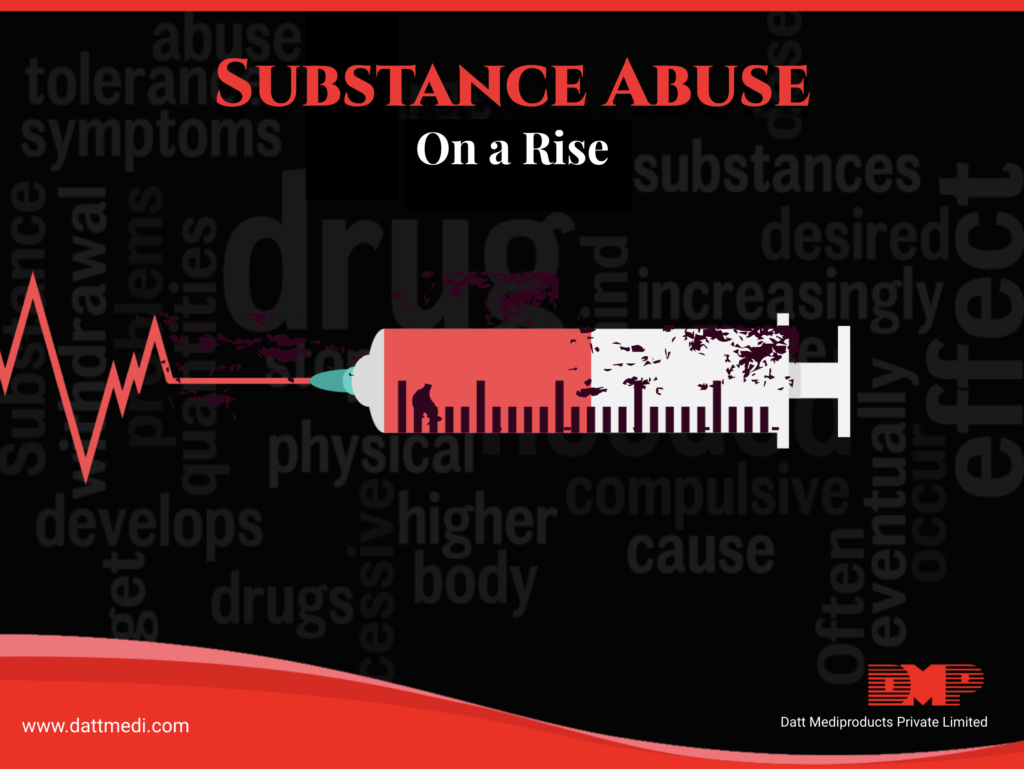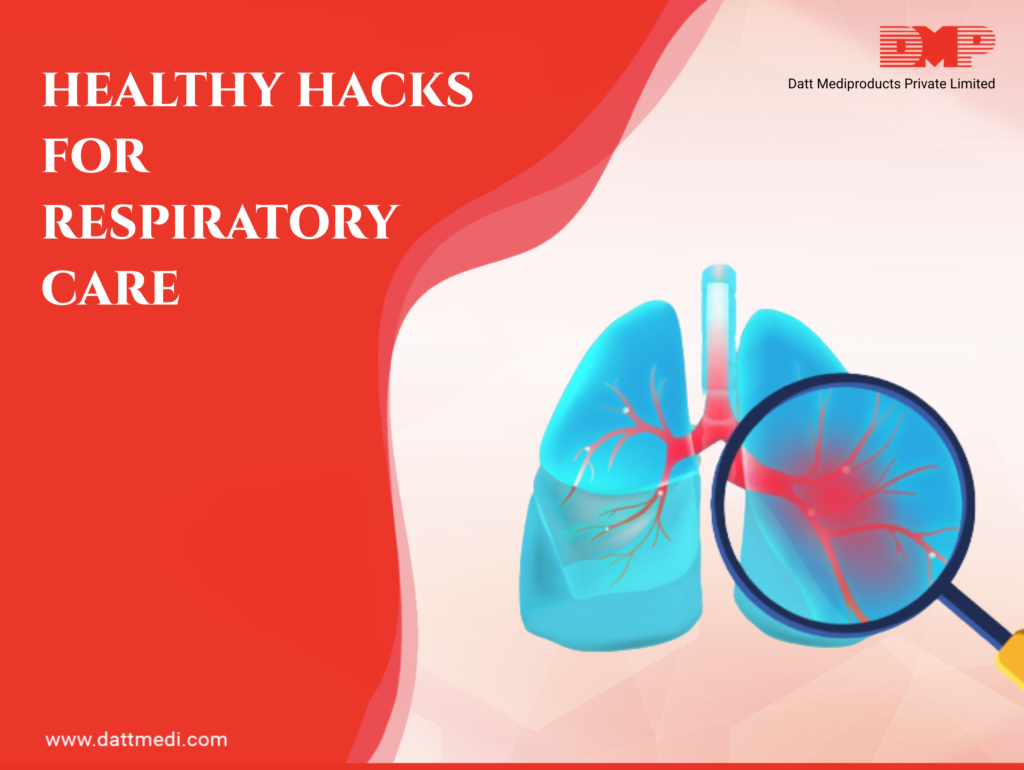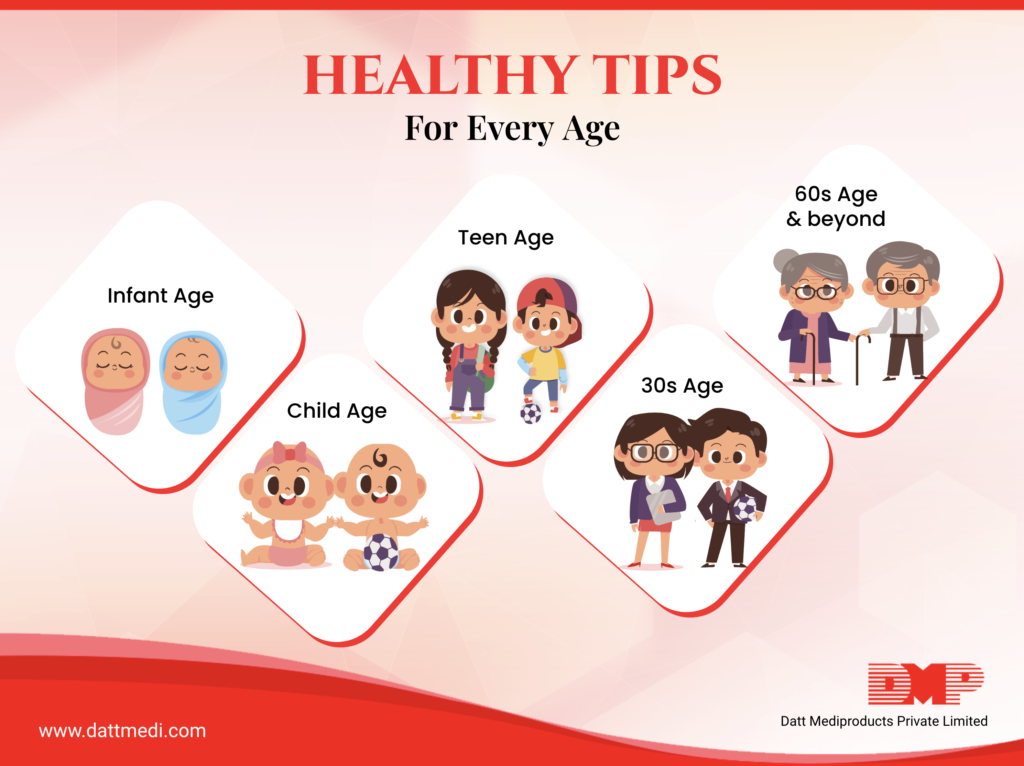
Substance abuse refers to the harmful or hazardous use of illegal substances or abuse of legal substances by consuming over the advised amount this may include alcohol and illicit drugs.
The repeated use of these substances often results in addiction. The user often loses control as the strong desire leads to the abusive use of legal substances. Substance abuse not only results in dependency but also impose a negative impact on the health and families of the abuser.
Substances Frequently Abused by Adolescents: Alcohol, Marijuana, Tobacco, Prescription drugs, Hallucinogens, Anabolic steroids, Inhalants, Methamphetamine, Cannabis (Bhang and Ganja/Charas), Opioids (Opium, Heroin and Pharmaceutical Opioids), Cocaine, Amphetamine Type Stimulants (ATS), Sedatives
Some Statistics: - Alcohol and Drug use disorders are more common among males. - As per WHO report of 2002, there are 2 billion alcohol users, 1.3 billion smokers and 185 million drug users globally. - Globally, almost 13 million people inject drugs, of which 1.7 million are living with HIV. - 67% of the people who inject drugs contract hepatitis C. - In India, opioids, including heroin, dextropropoxyphene, buprenorphine, and pentazocine, are most commonly abused.
As per a report “Magnitude of Substance use in India” submitted by the National Drug Dependence Treatment Centre (NDDTC) of the All India Institute of Medical Sciences (AIIMS), New Delhi, about 16 crore people in India are alcohol users which is 14.6% of the population. The same report estimates about 8.5 Lakh People Who Inject Drugs (PWID). Opioid group of drugs is predominantly injected by PWID. Buprenorphine is commonly used by injectors in Punjab & Haryana.
What causes Substance Abuse?
There could be multiple factors influencing substance abuse. These may include genetic vulnerability, environmental stressors, social pressures, individual personality characteristics, and psychiatric problems.
Treatment
A variety of treatment programs are available based on the type of substance abused, the extent of dependence, symptoms, overall health and medical history of the individual indulging in such activities.
Medical detoxification is generally the first phase of treatment. Long-term follow-up is required as cravings continue even after they stop the substance use. Such management programs include group meetings and continued medical supervision.
The recovery phase of the treatment often requires a rehabilitation program and depends upon the abuser and the substance abused.
1. Motivational enhancement therapy: This therapy enhances the inner motivation for behavioural change through client-centered therapy.
2. Cognitive-behavioral therapy: Its very effective in increasing abstinence in tobacco and cannabis users.
3. Family-based treatments and multisystemic therapy: Studies show that these treatments have a significant effect on illicit substance use in adolescents.
4. Therapeutic communities: These provide a supportive environment, in which adolescents cease substance use and recover.
5. Pharmacotherapy for substance dependence: Pharmacotherapies are available for alcohol dependence in adults. These include naltrexone and acamprosate and are found to be very effective in preventing relapse to heavy drinking.
Preventing Substance Abuse & Govt. Initiatives
In view of the emerging threat of substance abuse, various initiatives have been taken by the government:
– National Centre for Substance Abuse prevention (NC-DAP): This unit helps the govt. on technical grounds, such as making policies related to the substance abuse prevention, improved coverage of services for substance demand reduction, formulating effective intervention modules and programs, providing research and documentation activities to develop a deeper insight into the problem.
– Twelve NGOs have been set up as Regional Resource and Training Centres (RRTCs) which impart training to the service providers of Treatment and Counselling Centres for enhancing their capacity, at the regional levels.
– Charitar Nirman Sewadar Trust, an NGO engaged in the de-addiction and social reformation of the prisoners in Tihar.
– CHETNA, an NGO runs recreation center for children inside the Nizamuddin Police Station.
Under the Scheme for Prevention of Alcoholism and Substance (Drugs) Abuse, implemented by the Ministry of Social Justice and Empowerment, the Ministry bears 90% of the financial responsibility.
We @DattMediproducts understand the ill impacts of Substance Use & Abuse in youths and adults and we strongly believe that preventive programs could be of great help. School administration may organize such programs to impart drug and alcohol education to the students along with various other behavioral & interpersonal skills.
National Toll-Free Drug de-addiction helpline Number 1800-11-0031 can be used in case of emergencies.
Be Aware: Say No to Substance Abuse!




